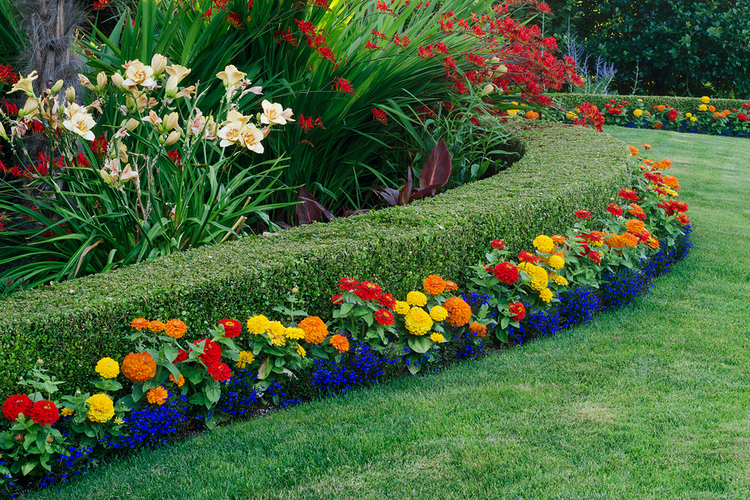
The Sunday Mail

Andrew Mangwarara
SINCE time immemorial, mankind has demarcated his territories and even today boundaries are still part of our lives.
Screens or hedges serve the purpose of creating privacy, filtering noise, purifying the air and of course beautifying our surrounds. There is still a place for live fences in our modern dwellings as they soften our surrounds and help cool the atmosphere as compared to just concrete surfaces.
Many plants can be used albeit to a very satisfactory outcome, some as single species whilst in other setups one can use a number of plants together to achieve a pleasing unique environment.
Hedges or screens are usually comprised of shrubs especially for residential properties and large trees for large plots or farms. There are a number of tips to consider when you are investing in a hedge for your property. Many people make the mistake of training their hedge the wrong way.
Hedges must always be trained slanting at an angle (the bottom being larger). This allows light to reach all parts of the shrubs avoiding common scenarios whereby hedges die out at the bottom. The correct spacing is also important and this is determined by the eventual desired height of the hedges.
If your hedge is to reach 1,5m then space your plants at 50cm apart or for a hedge to reach 3m then space your plants at one metre to 1,5m apart. Make the correct soil preparations when establishing your screen.
Dig a trench at least 50cm deep and wide or better still to a depth of 60cm and one metre wide. The next important phase for your hedge is its feeding and watering. It is recommended to place two wheelbarrows of well rotted compost and one kilogramme of fertiliser (compound D) for every five metres of length. For the smaller trenches place 500g of fertiliser and one wheelbarrow of compost.
If the ground is sloppy ensure that you place rocks at regular intervals to hold the soil and prevent soil erosion. When you start your hedge clip it after every 15cm of growth, shaping it an angle as you go. You can also double plant your hedge as opposed to just a single file planting. One can also use climbers supported on fences as screens.
Examples of good hedge plants are abelia grandiflora, tecomaria capensis, freylinia tropica (indigenous), ruttya fruticosa and escallonia micrantha. Other traditional plants that have stood the test of time are bougainvilleas, hibiscus, privet, and cypress which has a great fire risk (burns like paraffin).
At times there is need to plant a small hedge (like 50cm high) in between different portions of the garden such to demarcate the vegetable section.
Use plants such as lantana montevidensis, altenanthera bettzickiana (Joseph’s coat), santolina chamaecyparissus (cotton lavender) and spiraea bumalda.
Hedges which can range from one metre to two metres include ligustrum ibota, abelia grandiflora, cupressus torulosa, freylinia tropica and hibiscus. For anything above two metres think of bougainvillea, ligustrum lucidum, cotoneaster pannosa, cupressus torulosa and pyrantha crenulata (fire-thorn).
Good climbers to use for screening include jasminum polyanthum (pink bud jasmine), solanum jasminoides, thunbergia grandiflora, senecio tamoides (canary creeper) and passiflora edulis (granadilla), though it is short lived. Mark your boundary with the right garden subjects.
Feedback: [email protected]



